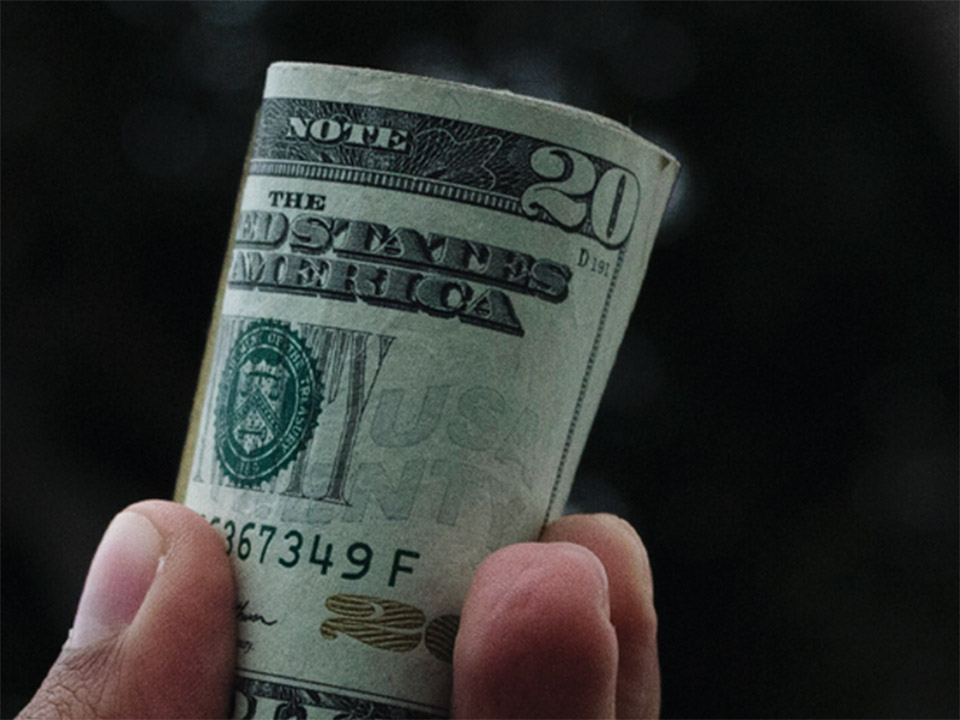The Finhabits app makes investing in your future an easy habit. Put your money to grow over time while you save – it’s all automated, and in just 10 minutes, you can open Roth or Traditional IRAs as well as regular investment accounts. It’s that simple.
If you’re over 30 years of age, you should hands down be saving for your retirement. A common roadblock (or, let’s be real – excuse) is that you simply don’t have enough money left over to save. You’ve searched all over the Internet for tips on how to retain some of your paycheck and at this point, you probably feel like you’ve heard it all: meal prep for the workweek, cut back on nights out, and don’t even look in the direction of avocado toast and lattes anymore.
While these tips are all fair and likely to be very useful, the fact of the matter is that no two people are created equal, so what could be an easy habit to modify for some might be more challenging for you. This cheat sheet is for the alternative money-saver. A guide to reassessing the unexpected places your dollars are going and why you’re not putting them to work for you in an IRA:
Stay ATM-alert, not ATM-ready: Visiting an ATM machine frequently might be costing you a lot more than just a three-minute stop at the nearest gas station. You’re willing to pay the ATM fee because it doesn’t seem like an outrageous amount in the moment, but whenever you use an out-of-network device, your bank also automatically bills you. Out of sight, out of mind – right? Wrong. You’re basically giving these institutions free money just to access your own funds… and you wonder where your money is going.
The solution: It’s all about planning. Look through your past bank statements and project how much cash you typically withdraw within your regular pay period. Then find your nearest in-network ATM machine and make your withdrawal there. Monitor your spending methods to make sure you’re only using cash when you absolutely need to, and play with your withdrawal amounts periodically until you’re able to make a near-perfect projection.
Reassess your monthly subscriptions: Remember last January? You were determined to make a change in your lifestyle, so you signed up for the gym. At the time it felt like a great investment, but when was the last time you were actually there? If your answer goes something like “I have a decent gym regimen,” we salute you! But if you can’t really remember or the answer is over two months ago, maybe you should reconsider your subscription strategy. This doesn’t only apply to gym memberships – think streaming services, boxed-delivery goods, museum passes, VIP store benefits, and every single time you’ve decided to go for a free trial and then forgot to unsubscribe on time.
The solution: This one also requires that you skim carefully through your bank statements as you might not get them all off the top of your head. List recurring fees and really ask yourself whether you absolutely need the service at hand. For example, if you’re subscribed to a movie streaming service that you rarely use, ask yourself if it’s more convenient and financially wise to just rent a movie online every once in a while. The real trick is avoiding getting bamboozled into free trials and temptations moving forward. No matter how cool or convenient these monthly subscription services may seem, they’re no good for you when you add them up – and that’s all money that could be growing to your benefit in a retirement savings account.
Make it a habit to unplug: Here’s the thing about electricity bills – no one likes them, but they are absolutely inescapable. It’s a constant struggle to try to lower your light bill, especially when you live in the northern hemisphere and it’s basically night time by the time you leave work.
The solution: Unplug everything that’s not in use. Studies show that simply having power cords plugged in (even when equipment isn’t being used) pulls a crazy amount of energy that you end up paying for monthly. Just in case it doesn’t sound obvious, note that you shouldn’t unplug major appliances like your refrigerator, microwave, and wireless router, but other temporary items like mobile and laptop chargers, blow dryers, extra TV sets, coffee makers, and blenders should all be kept from power plugs when they’re not in use.
And there you have it! Three more ways you can easily stop the leak of your hard-earned cash. The whole point isn’t just to save up on these things so you can spend somewhere else – you need to save for retirement and the sooner you start, the better. Play around with our calculator and discover just how much money you could have at the end of your goal if only you apply some discipline to your daily life. You’ll thank us someday.





